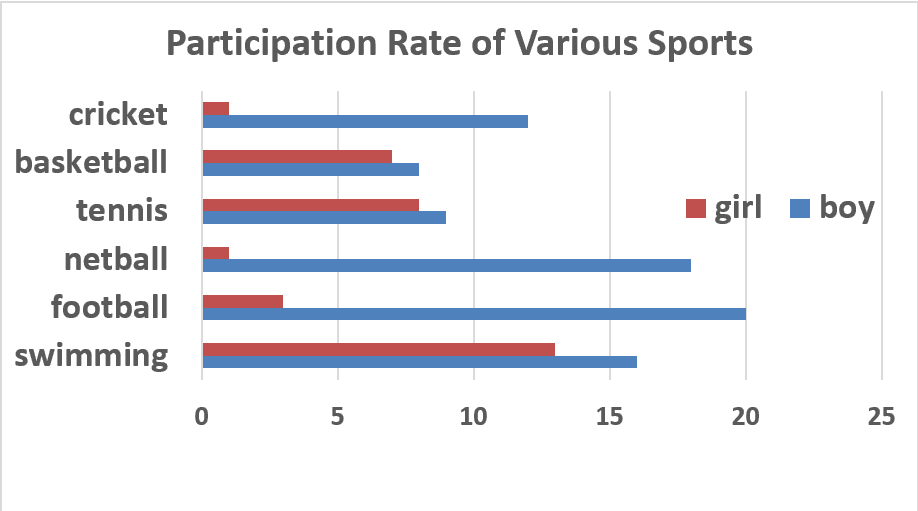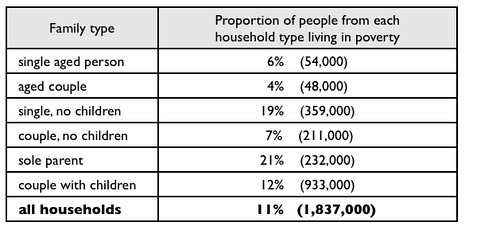今天小编给大家带来GRE写作分类解析,希望能够帮助到大家取得更好的成绩,下面小编就和大家分享,来欣赏一下吧。
GRE写作:分类解析
准备时,最重要的一个步骤在于熟悉题库和认真准备提纲。对于立论文(Issue)而言,自己动手拟一份完整的提纲是很有必要的,当然可以参考各种资料,但必须勤动脑,想一想提纲的逻辑连续性。实际上,有偏向性、但又不要绝对化的思路才是最易上手的。
对于驳论文(Argument)而言,熟悉题库更为重要。很多人觉得一个题目拿过来随便就能挑出五六个错误。正常情况下是这样的,但的确有些难题若不事先好好准备,五分钟之内能找出两个错误就不错了。在第一次考试时,我正是因为在准备时放掉了一道我只找出两个错误的题目,而在正式考试时恰恰碰到了这道题目,所以写得很不好。
虽然逻辑作文满分只有6分,可千万别小看了它的重要性。从某种程度上来说,它是GRE作文的精华——因为GRE考试的就是逻辑,用英语写两篇作文只是形式而已,主要目的就是考察你的逻辑分析水平。
写驳论文有很多小窍门,如需要锻炼出区别“事实”和“观点”的能力,不论题目中所给的事实有多夸张都需认为它是对的,不能攻击,只能攻击观点中的逻辑漏洞;凡是跟统计数字、统计方法有关的逻辑错误都尽量不要攻击,最多只能一笔带过等等。
GRE写作满分范文赏析
Hospital statistics regarding people who go to the emergency room after roller-skating accidents indicate the need for more protective equipment. Within this group of people, 75 percent of those who had
accidents in streets or parking lots were not wearing any protective clothing (helmets, knee pads, etc.) or any light-reflecting material (clip-on lights, glow-in-the-dark wrist pads, etc.). Clearly, these statistics indicate that by investing in high-quality protective gear and reflective equipment, roller skaters will greatly reduce their risk of being severely injured in an accident.
The notion that protective gear reduces the injuries suffered in accidents seems at first glance to be an obvious conclusion. After all, it is the intent of these products to either provent accidents from occuring in the first place or to reduce the injuries suffered by the wearer should an accident occur. However, the conclusion that investing in high quality protective gear greatly reduces the risk of being severely injured in an accident may mask other (and potentially more significant) causes of injuries and may inspire people to over invest financially and psychologically in protective gear.
First of all, as mentioned in the argument, there are two distinct kinds of gear - preventative gear (such as light reflecting material) and protective gear (such as helmets). Preventative gear is intended to warn others, presumably for the most part motorists, of the presence of the roller skater. It works only if the "other" is a responsible and caring individual who will afford the skater the necessary space and attention. Protective gear is intended to reduce the effect of any accident, whether it is caused by an other, the skater or some force of nature. Protective gear does little, if anything, to prevent accidents but is presumed to reduce the injuries that occur in an accident. The statistics on injuries suffered by skaters would be more interesting if the skaters were grouped into those wearing no gear at all, those wearing protective gear only, those wearing preventative gear only and those wearing both. These statistics could provide skaters with a clearer understanding of which kinds of gear are more beneficial.
The argument above is weakened by the fact that it does not take into account the inherent differences between skaters who wear gear and those who do not. If is at least likely that those who wear gear may be generally more responsible and/or safety conscious individuals. The skaters who wear gear may be less likely to cause accidents through careless or dangerous behavior. It may, in fact, be their natural caution and repsonsibility that keeps them out of the emergency room rather than the gear itself. Also, the statistic above is based entirely on those who are skating in streets and parking lots which are relatively dangerous places to skate in the first place. People who are generally more safety conscious (and therefore more likely to wear gear) may choose to skate in safer areas such as parks or back yards.
The statistic also goes not differentiate between severity of injuries. The conclusion that safety gear prevents severe injuries suggests that it is presumed that people come to the emergency room only with severe injuries. This is certainly not the case. Also, given that skating is a recreational activity that may be primarily engaged in during evenings and weekends (when doctors' offices are closed), skater with less severe injuries may be especially likely to come to the emergency room for treatment.
Finally, there is absolutely no evidence provided that high quality (and presumably more expensive) gear is any more beneficial than other kinds of gear. For example, a simple white t-shirt may provide the same preventative benefit as a higher quality, more expensive, shirt designed only for skating. Before skaters are encouraged to invest heavily in gear, a more complete understanding of the benefit provided by individual pieces of gear would be helpful.
The argument for safety gear based on emergency room statistics could provide important information and potentially saves lives. Before conclusions about the amount and kinds of investments that should be made in gear are reached, however, a more complete understanding of the benefits are needed. After all, a false confidence in ineffective gear could be just as dangerous as no gear at all.
Commentary
This outstanding response demonstrates the writer's insightful analytical skills. The introduction, which notes that adopting the topic's fallacious reasoning could ".??爄nspire people to over invest financially and psychologically in protective gear," is followed by a comprehensive examination of each of the argument's root flaws. Specifically, the writer exposes several points that undermine the argument:
-- that preventive and protective gear are not the same
-- that skaters who wear gear may be less prone to accidents because they are, by nature, more responsible and cautious
-- that the statistics do not differentiate by the severity of the injuries
-- that gear may not need to be high-quality to be beneficial
The discussion is smoothly and logically organized, and each point is thoroughly and cogently developed. In addition, the writing is succinct, economical, and generally error-free. Sentences are varied and complex, and diction is expressive and precise.
In sum, this response exemplifies the very top of the 6 range described in the scoring guide. If the writer had been less eloquent or provided fewer reasons to refute the argument, the paper could still have received a 6.
GRE写作满分范文赏析
Hospital statistics regarding people who go to the emergency room after roller-skating accidents indicate the need for more protective equipment. Within this group of people, 75 percent of those who had accidents in streets or parking lots were not wearing any protective clothing (helmets, knee pads, etc.) or any light-reflecting material (clip-on lights, glow-in-the-dark wrist pads, etc.). Clearly, these statistics indicate that by investing in high-quality protective gear and reflective equipment, roller skaters will greatly reduce their risk of being severely injured in an accident.
The argument presented is limited but useful. It indicates a possible relationship between a high percentage of accidents and a lack of protective equipment. The statistics cited compel a further investigation of the usefulness of protective gear in preventing or mitigating roller-skating related injuries. However, the conclusion that protective gear and reflective equipment would "greatly reduce.risk of being severely injured" is premature. Data is lacking with reference to the total population of skaters and the relative levels of experience, skill and physical coordination of that population. It is entirely possible that further research would indicate that most serious injury is averted by the skater's ability to react quickly and skillfully in emergency situations.
Another area of investigation necessary before conclusions can be reached is identification of the types of injuries that occur and the various causes of those injuries. The article fails to identify the most prevalent types of roller-skating related injuries. It also fails to correlate the absence of protective gear and reflective equipment to those injuries. For example, if the majority of injuries are skin abrasions and closed-head injuries, then a case can be made for the usefulness of protective clothing mentioned. Likewise, if injuries are caused by collision with vehicles (e.g. bicycles, cars) or pedestrians, then light-reflective equipment might mitigate the occurences. However, if the primary types of injuries are soft-tissue injuries such as torn ligaments and muscles, back injuries and the like, then a greater case could be made for training and experience as preventative measures.
Commentary
This strong response gets right to the work of critiquing the argument, observing that it "indicates a possible relationship" but that its conclusion "is premature." It raises three central questions that, if answered, might undermine the soundness of the argument:
-- What are the characteristics of the total population of skaters? -- What is the usefulness of protective or reflective gear in preventing or mitigating rollerskating-related injuries? -- What are the types of injuries sustained and their causes?
The writer develops each of these questions by considering possible answers that would either strengthen or weaken the argument. The paper does not analyze the argument as insightfully or develop the critique as fully as required for a 6 paper, but the clear organization, strong control of language, and substantial degree of development warrant more than a score of 4.
GRE写作:分类解析相关文章:
★ GRE写作:高分技巧
★ GRE写作:写作论据的技巧
★ GRE写作:高分冲刺
★ GRE写作:列提纲的注意事项
★ 2020最新GRE填空题目答案及解析整合
★ 2020GRE填空题目答案及解析
★ GRE阅读6种常见错误选项形式类型讲解
★ 英语写作
★ GRE数学如何彻底避免意外扣分
★ GRE数学如何避免把简单问题想复杂
GRE写作:分类解析
上一篇:GRE写作:提高逻辑思路的能力
下一篇:GRE写作:写作范例有用吗





